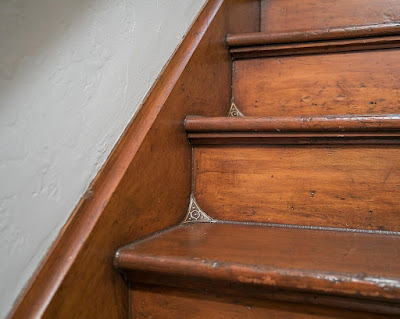Lo verde lo inunda todo. El medioambienalismo tiñe de verde cada acto humano como un desinfectante. Por algo el jabón con el que limpiamos nuestros platos después de comer es, mayoritariamente, de ese color. También la arquitectura se transmuta cuando lo verde se adhiere a su ser como un musgo metastásico. La imagen de lo verde parasita este viejo arte a cambio de una inmerecida indulgencia ecológica. La arquitectura verde, convertida en una marca o una religión se vuelve entonces un oxímoron. Una religión donde solo los daltónicos son los verdaderos apóstatas.
Como puede comprenderse, lo verde esconde un poder nada tranquilizador. Se convierte entonces en un perfecto sistema moral capaz de ocultar y volver espectáculo cada cosa que toca. De mismo modo, la pantalla croma falsifica lo que se ve en el escenario de las redes y el mundo digital, el blandiblú y su mocosa plasticidad y el increíble Hulk fundan su verdor los diferentes matices de una insoportable anormalidad. El perro verde es, por definición, una rareza. El cine ha imaginado la mayor parte de los seres alienígenas recubiertos con una lustrosa y húmeda piel verdosa por algún sensato motivo...
Como para no sentir un cierto escalofrío con ese inocente color asociado a la arquitectura…
Green is a flood. Environmentalism colors every human act with green like a disinfectant. That is why the soap we use to clean our dishes after eating is mostly of that color. Architecture also transforms when green adheres to it like a metastatic moss. The image of green parasitizes this old art in exchange for undeserved ecological indulgence. Green architecture, turned into a brand or a religion, then becomes an oxymoron. A religion where only the colorblind are the true apostates.
As can be understood, green conceals a power that is far from reassuring. It becomes a perfect moral system capable of hiding and turning everything it touches into a spectacle. Likewise, the green screen falsifies what is seen on the stage of social media and the digital world, the slime and its mucous plasticity, and the incredible Hulk base their greenness on the different shades of an unbearable abnormality. The "green dog" is, by definition, a rarity. Cinema has imagined most alien beings covered in a shiny and moist green skin for some sensible reason...
We all feel a certain chill with that innocent color associated with architecture...












































































































